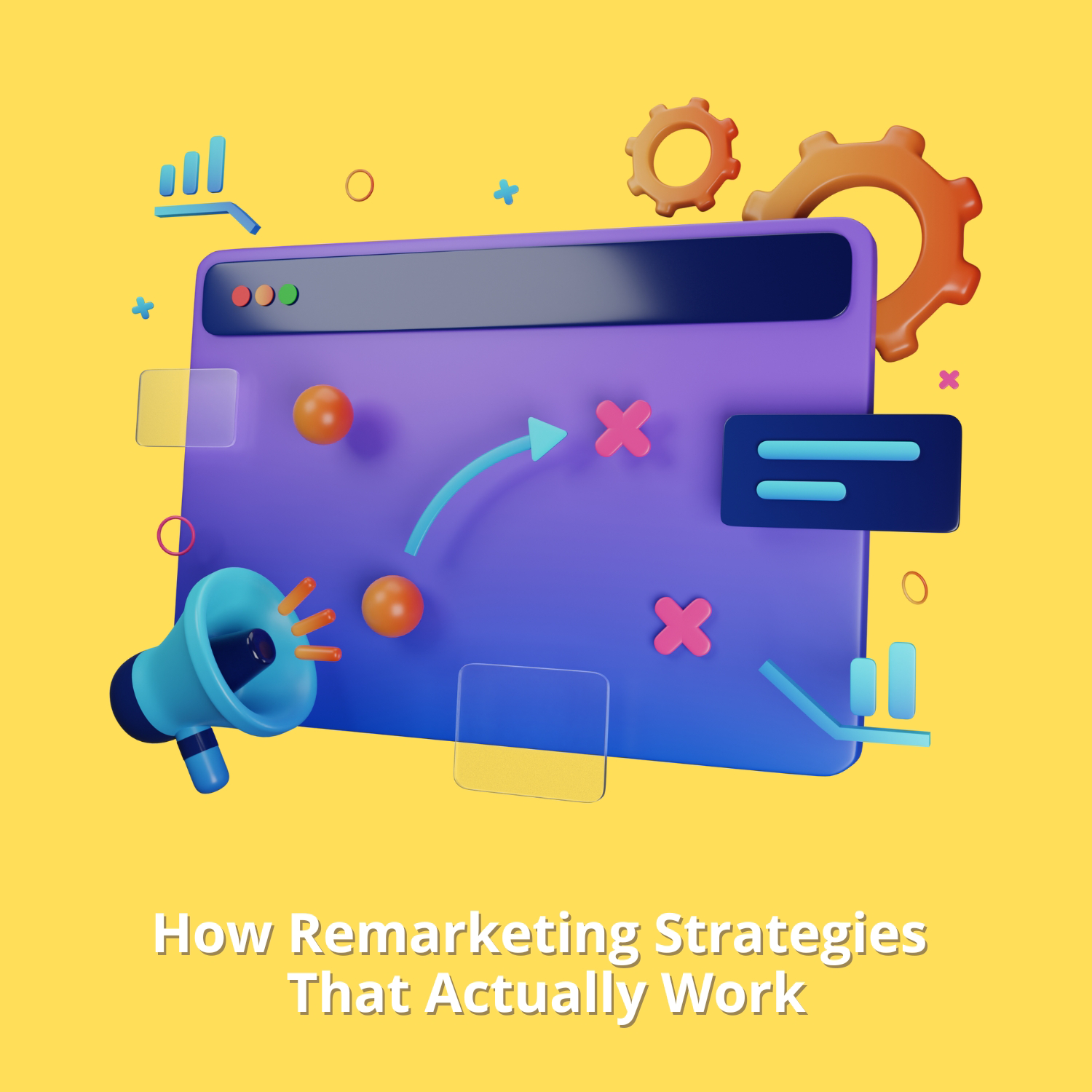Repurposing Content: How to Get Maximum ROI from a Single Piece
In the fast-paced world of digital marketing, content creation can often feel like a never-ending task. Writers, bloggers, marketers, and businesses spend countless hours creating original content, only for it to be consumed in a matter of seconds or days. But what if you could make that content work harder for you? What if you could squeeze more value, traffic, and engagement from a single piece of content?
The solution is simple: repurposing content.
Repurposing content involves taking a single piece of content and transforming it into multiple formats, so you can reach a wider audience, enhance your SEO efforts, and get more ROI (return on investment) from your content creation efforts. In this blog post, we’ll explore the benefits of repurposing content, how to do it effectively, and some strategies for maximizing the ROI from your content.
Why Repurpose Content?
Repurposing content is not just a time-saver—it’s an intelligent marketing strategy. By repurposing a piece of content, you can extend its lifecycle, increase its reach, and make it work across multiple platforms. Here are some compelling reasons why repurposing content is worth your time and effort:
1. Save Time and Resources
Creating high-quality content takes a lot of time and effort. By repurposing your content, you can make the most of the resources you’ve already invested. Instead of starting from scratch every time, you can leverage existing material and tailor it for different channels and audiences. This not only saves time but also reduces the need for extensive content creation resources.
2. Reach a Wider Audience
Every platform and channel has a unique audience, and repurposing content allows you to tailor your message to fit each platform. For example, a blog post might perform well on your website, but a snippet or summary shared on social media could attract a completely different set of readers. By diversifying your content formats and distribution channels, you can extend your reach and engage new audiences.
3. Boost SEO and Website Traffic
Repurposing content can improve your SEO efforts by allowing you to target different keywords and phrases across various formats. When you distribute your content across platforms like social media, YouTube, and podcasts, you create more backlinks to your website, which can help improve its search engine rankings. Moreover, repurposing allows you to target long-tail keywords in different content formats, improving your visibility in search results.
4. Increase Engagement and Conversion Rates
By presenting your content in multiple ways, you can increase the chances of people engaging with it. Not everyone consumes content the same way—some prefer reading long-form blog posts, while others prefer watching videos or listening to podcasts. By repurposing your content, you provide your audience with options that suit their preferences, leading to higher engagement and conversion rates.
5. Extend the Lifecycle of Your Content
Content has a shelf life, especially in the fast-moving world of social media and blogging. But when you repurpose your content into different formats, you extend its relevance and increase its visibility. For instance, you can reshare a popular blog post as an infographic or a podcast episode, giving it a new life months after the original post was published.
How to Repurpose Content Effectively
Now that we understand the importance of repurposing content, let’s explore some actionable strategies for making the most out of a single piece of content.
1. Start with the Core Idea
Repurposing content begins with having a clear and strong core idea. Whether you’re starting with a blog post, an eBook, or a podcast episode, the key to successful repurposing is to focus on a core concept or message that can be communicated in various ways. The more focused your original piece is, the easier it will be to break down and transform it into other content formats.
For example, if your blog post is about “The Benefits of Mindfulness for Productivity,” you can repurpose it into several different formats, including an infographic, a social media post, a video, and a podcast episode. Each of these formats will present the same core idea but in a way that’s appropriate for the medium.
2. Break Down Your Content into Smaller Pieces
One of the easiest ways to repurpose content is by breaking down a long-form article, blog post, or video into smaller, bite-sized pieces of content. You can extract key points, quotes, or statistics from the original content and use them in shorter formats. For instance, you could turn a 2,000-word blog post into a series of short social media posts, each covering a different point.
Additionally, breaking down your content allows you to target specific subtopics or niches that might have been overlooked in the original piece. By focusing on individual aspects, you can appeal to different audience segments and create content that addresses specific needs.
3. Create Different Formats
Repurposing content doesn’t just mean copying and pasting the same message into a different platform—it means adapting your content into formats that fit the preferences of your audience. Here are some popular content formats you can create from a single piece of content:
- Infographics: Turn key points from your blog post or article into an eye-catching infographic. Infographics are highly shareable and easy to digest, making them perfect for social media.
- Videos: Repurpose written content into video format by summarizing the key points or using animations. Platforms like YouTube and TikTok are ideal for video content.
- Podcasts: Turn your blog posts or articles into podcast episodes. Podcasts are increasingly popular and allow you to tap into an audience that prefers audio content.
- Social Media Posts: Break down your content into multiple social media posts with quotes, tips, and questions that invite engagement.
- Slideshows: Transform your content into a slide deck for platforms like SlideShare. Slideshows are a great way to present information in a concise, visual format.
By creating different content formats, you’re able to meet the varying preferences of your audience and increase your chances of reaching more people.
4. Use Content for Lead Magnets
Another way to repurpose content is by turning it into a lead magnet. For example, if you have a comprehensive blog post, you could turn it into a downloadable PDF, checklist, or ebook that people can access in exchange for their email addresses. Lead magnets are a great way to grow your email list while repurposing content that’s already been created.
Consider creating a free resource like a checklist or a guide that offers additional value based on your existing content. This gives users a reason to engage with your content and encourages them to take the next step in your sales funnel.
5. Repurpose Content for Different Audiences
One of the best ways to maximize ROI from a single piece of content is by repurposing it to target different segments of your audience. For example, if your blog post is targeted toward professionals in one industry, you can repurpose it to suit another audience by adjusting the tone, language, or focus. This allows you to reach a wider range of people without creating entirely new content for each audience.
For instance, if you have a content marketing strategy guide for startups, you can adapt that content for small business owners, entrepreneurs, or even influencers. By customizing your content for different groups, you can boost its relevance and appeal to a broader range of readers.
6. Monitor Results and Refine Your Strategy
Repurposing content doesn’t end once you’ve created new formats and distributed them. It’s important to monitor the performance of each piece of content across different platforms and adjust your strategy accordingly. Use tools like Google Analytics, social media insights, and email marketing metrics to track the effectiveness of your repurposed content.
Identify which formats, platforms, and topics are delivering the best results and refine your approach based on those insights. Repurposing content is an ongoing process, and continuous optimization will ensure you get the maximum ROI from every piece of content.
Conclusion
Repurposing content is a highly effective strategy for getting maximum ROI from your content creation efforts. By transforming one piece of content into multiple formats, you can extend its reach, boost engagement, and improve SEO. Whether it’s by creating infographics, videos, podcasts, or social media posts, repurposing helps you reach a wider audience and make the most of your marketing resources.








